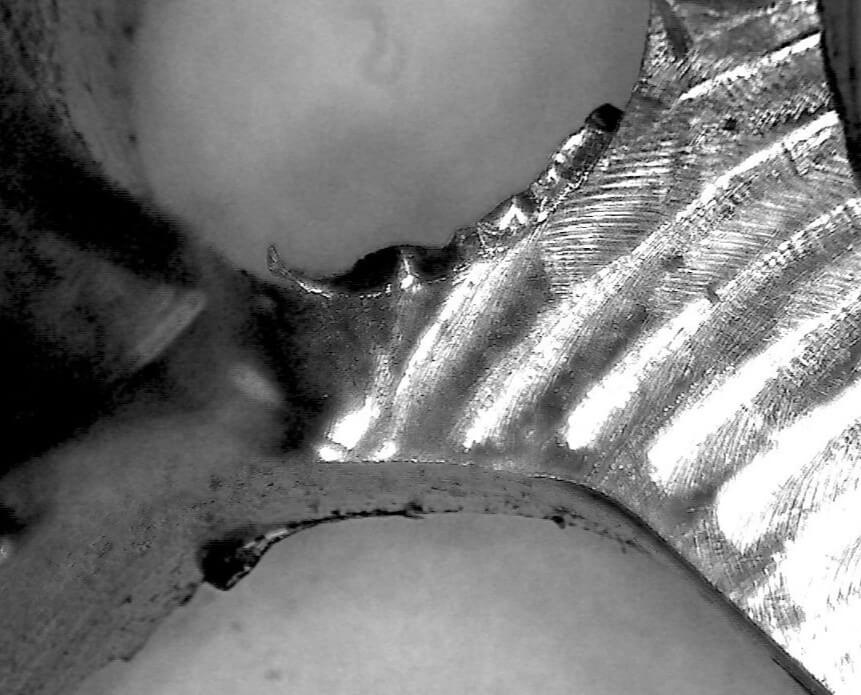
Yes, there are ways to prevent burrs.
The first consideration should be to identify what is causing the burrs to form. If the burr isn’t caused in the first place, you don’t need to remove it. While preventing burrs from forming isn’t always a possibility, there are options that will minimize the formation of burrs or isolate the formation to an area which is easier to deburr.
Burrs can be prevented or minimized by:
Industries from medical to aerospace, and firearms to precision manufacturing require precise surface finishes to meet strict requirements. In addition to part aesthetics, burrs that are not properly removed affect product quality, functionality, safety and longevity.
The formation of burrs can sometimes be prevented. Burr removal can be a nuisance within any industry. They can cause serious problems if they are not properly removed by a deburring service. A few of the specific industries that rely on high-quality precision finishing are medical, dental, aerospace, automotive, firearms, and military. Depending on the industry, burrs can cause several problems such as inefficiencies, product quality, proper functionality and optimal performance. Surface quality is a major focus for any industry where performance, safety, appearance, and cost of the part is a concern.
Mechanical deburring services encompass many types of processes, including:
The best way to show you that our finish will be your finish is to process your sample. Let us show you what we can do.
LET’S GET IT FINISHED.